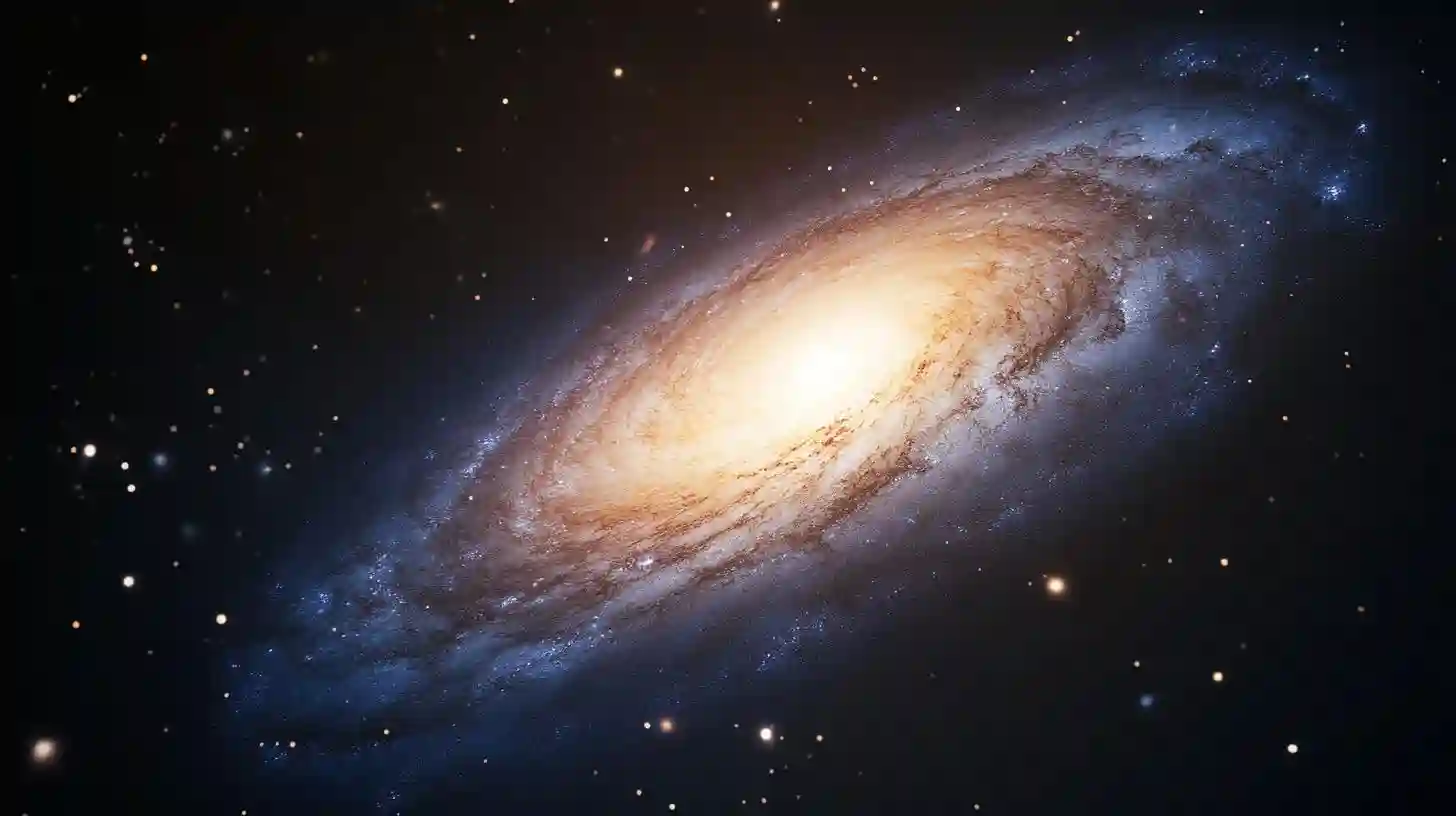
Thoughtvaultzone

Recent astronomical discoveries continue to expand our understanding of the universe, shedding light on previously opaque cosmic phenomena. One such discovery, involving a newly identified black hole in a neighboring galaxy, has stunned researchers and enthusiasts alike, inviting a flurry of excitement and speculation. This black hole, located in a galaxy not far from our own, provides critical insights into the processes that govern black hole formation and evolution, as well as their influence on galactic structures and dynamics.
Astronomers have long been fascinated by black holes, enigmatic entities that warp the fabric of space and time. These regions of space exhibit gravitational forces so intense that nothing, not even light, can escape once it crosses the event horizon. The existence of black holes has been hypothesized for a long time, but direct observations and characterizations have posed significant challenges. This recent discovery marks a significant step forward in our efforts to understand these cosmic giants and their role in the universe.
The black hole in question, situated within a relatively nearby galaxy, was revealed through advanced techniques that combine multi-wavelength observations. Astronomers utilized data from various telescopes and observatories, including those that operate in ultraviolet, optical, infrared, and radio wavelengths. This comprehensive approach allowed scientists to piece together a clearer picture of the black hole’s surroundings, including the swirling disk of gas and dust falling into it and the effects of its immense gravitational pull on nearby stars and stellar formations.
One notable aspect of this discovery is the black hole's mass, which exceeds previous estimates based on similar observations in other galaxies. The implications of this finding are profound, suggesting that black holes can grow larger than previously understood. This raises questions about the formation processes of these cosmic behemoths. Are they primordial in nature, formed from the direct collapse of massive gas clouds shortly after the Big Bang? Or do they evolve over cosmic time, merging with other black holes and accreting material from their environments? The galaxy in which this black hole resides serves as a natural laboratory, offering clues that could help resolve these questions.
Furthermore, the gravitational effects of this black hole extend beyond its immediate vicinity. Insight into how matter behaves under the influence of such intense gravitational fields can provide valuable knowledge about the dynamics of galaxy formation as a whole. Black holes are believed to play a crucial role in regulating star formation and influencing the distribution of matter in galaxies. As they consume gas and dust, they can affect star birth rates, leading to complex interactions that shape the evolutionary trajectory of the galaxy. Understanding the black hole's influence can therefore illuminate broader patterns in galaxy formation and evolution throughout the universe.
Additionally, this discovery reignites interest in the potential for detecting similar black holes in other galaxies. With ongoing advancements in observational technology and techniques, astronomers may be able to explore fainter and more distant black holes, unlocking new chapters in our understanding of these cosmic phenomena. Future surveys and studies aimed at identifying the presence of black holes will likely lead astronomers to uncover more examples that could contribute to unraveling the mysteries surrounding these entities.
Moreover, this discovery has significant implications for the existence of supermassive black holes at the centers of galaxies, including our own Milky Way. By studying black holes in nearby galaxies, scientists can draw parallels and learn more about the behavior and properties of these massive objects, which may hold the key to understanding galaxy dynamics on larger scales. The interactions between supermassive black holes and their host galaxies raise fundamental questions about the life cycles of galaxies and how central black holes might govern their destinies over billions of years.
Ultimately, the identification of this newly discovered black hole in a nearby galaxy adds vivid detail to the vast tapestry of the cosmos, revealing new layers of complexity and interconnectivity within astronomical structures. As researchers continue to analyze the data gathered from this discovery, it is expected that new theories and models will emerge, further enriching our comprehension of black holes and their roles in the universe. The cosmic puzzle remains intricate, but each new finding, like this black hole, brings us one step closer to understanding the underlying principles that govern the universe and our place within it, fostering a sense of wonder and curiosity that drives the quest for knowledge in the realm of astrophysics.